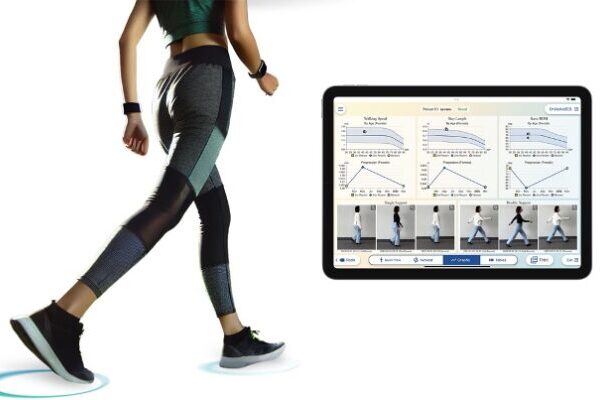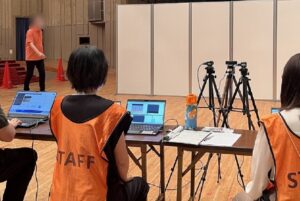2024 HAPI Japan Best Practice Winner
THE PROBLEM

THE INNOVATION
To address this issue, a group of medical and technology researchers from Osaka University’s Graduate School of Medicine and the Institute for Datability Science developed a gait analysis device that uses AI to assess locomotive syndrome (LS) in a simpler way. The device, known as Dr. Walkie Plus, enables the user to objectively evaluate the walking ability and motor function of older people who walk only a few meters in front of the camera. A video is taken from the side of the subject as they walk, and the AI-based gait analysis computer vision instantly calculates the applicability and severity of LS by measuring gait parameters including walking speed, step length, two-step value during walking, gait cycle, cadence, step length symmetry, ground reaction force, and knee range of motion during walking. Using deep learning, it assesses gait similarity to LS and estimates mobility decline risk using a model trained on gait patterns of individuals with LS. The gait evaluation requires no examination gowns, sensors, or markers—patients simply walk in front of a camera in everyday clothing.
By working with the National Hospital Organization, which operates 140 hospitals across Japan, the researchers were able to collect training data on about 600 individuals who had been assessed using conventional means (video, disease name, locomotive degree). Based on that data, they developed an AI algorithm that shows a high degree of accuracy in detecting and estimating the degree of LS. This technology was patented, leading to the creation of ayumo inc., which signed an exclusive usage agreement with Osaka University and the National Hospital Organization.
As compared to conventional gait analysis, which requires specialized devices and specialized knowledge or skilled staff, Dr. Walkie Plus is noninvasive and offers rapid, easy-to-understand feedback, making it easy to adapt for nursing care and fitness businesses. To raise awareness of the issue, the company has also held demonstrations of the device at health events and nursing care facilities in Japan and at overseas medical institutions, and the technology had been introduced in UAE and Thailand as well as of 2024.
LINKS

